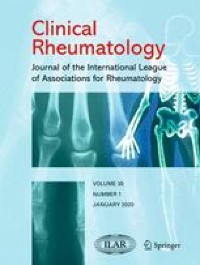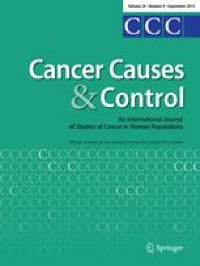Background
Axonal loss denervates muscle, leading to an increase of fat accumulation in the muscle. Therefore, fat fraction (FF) in whole limb muscle using MRI has emerged as a monitoring biomarker for axonal loss in patients with peripheral neuropathies. In this study, we are testing whether deep learning‐based model can automate quantification of the FF in individual muscles. While individual muscle is smaller with irregular shape, manually segmented muscle MRI images have been accumulated in this lab; and make the deep learning feasible.
Purpose
To automate segmentation on muscle MRI images through deep learning for quantifying individual muscle FF in patients with peripheral neuropathies.
Study Type
Retrospective.
Subjects
24 patients and 19 healthy controls.
Field Strength/Sequences
3T; Interleaved 3D GRE.
Assessment
A 3D U‐Net model was implemented in segmenting muscle MRI images. This was enabled by leveraging a large set of manually segmented muscle MRI images. B1 + and B1 − maps were used to correct image inhomogeneity. Accuracy of the automation was evaluated using Pixel Accuracy (PA), Dice Coefficient (DC) in binary masks; and Bland‐Altman and Pearson correlation by comparing FF values between manual and automated methods.
Statistical Tests
PA and DC were reported with their median value and standard deviation. Two methods were compared using the ± 95% confidence intervals (CI) of Bland‐Altman analysis and the Pearson's coefficient (r 2).
Results
DC values were from 0.83 ± 0.17 to 0.98 ± 0.02 in thigh and from 0.63 ± 0.18 to 0.96 ± 0.02 in calf muscles. For FF values, the overall ± 95% CI and r 2 were [0.49, –0.56] and 0.989 in thigh and [0.84, –0.71] and 0.971 in the calf.
Data Conclusion
Automated results well agreed with the manual results in quantifying FF for individual muscles. This method mitigates the formidable time consumption and intense labor in manual segmentations; and enables the use of individual muscle FF as outcome measures in upcoming longitudinal studies.
Level of Evidence
3
Technical Efficacy Stage
1








